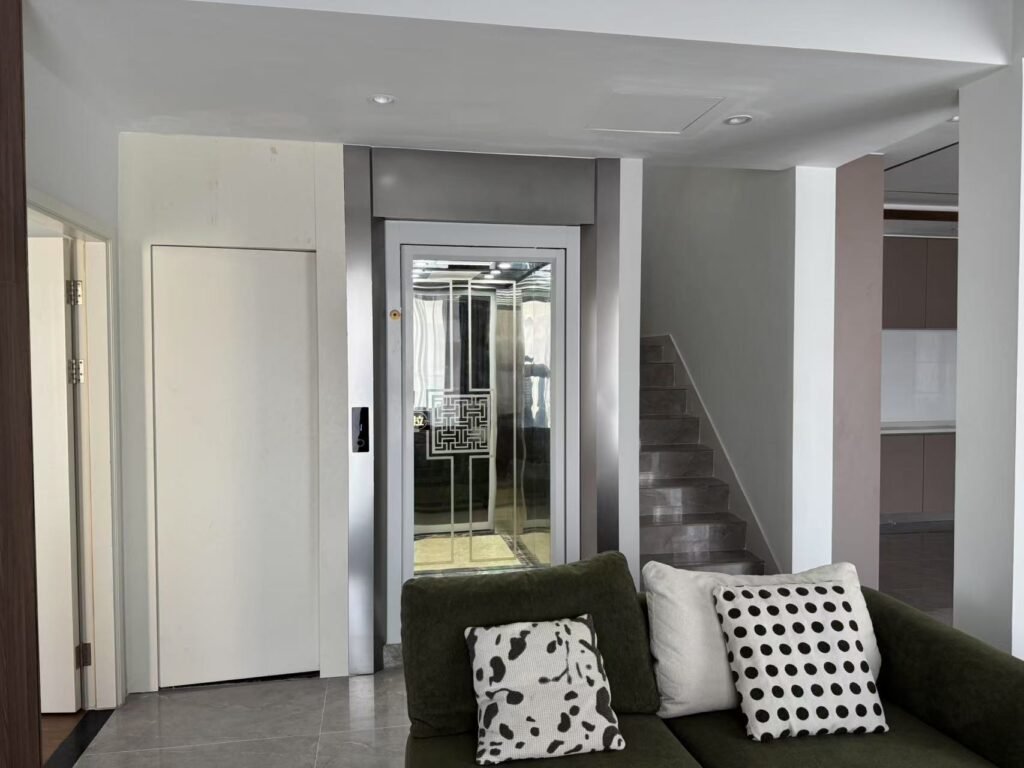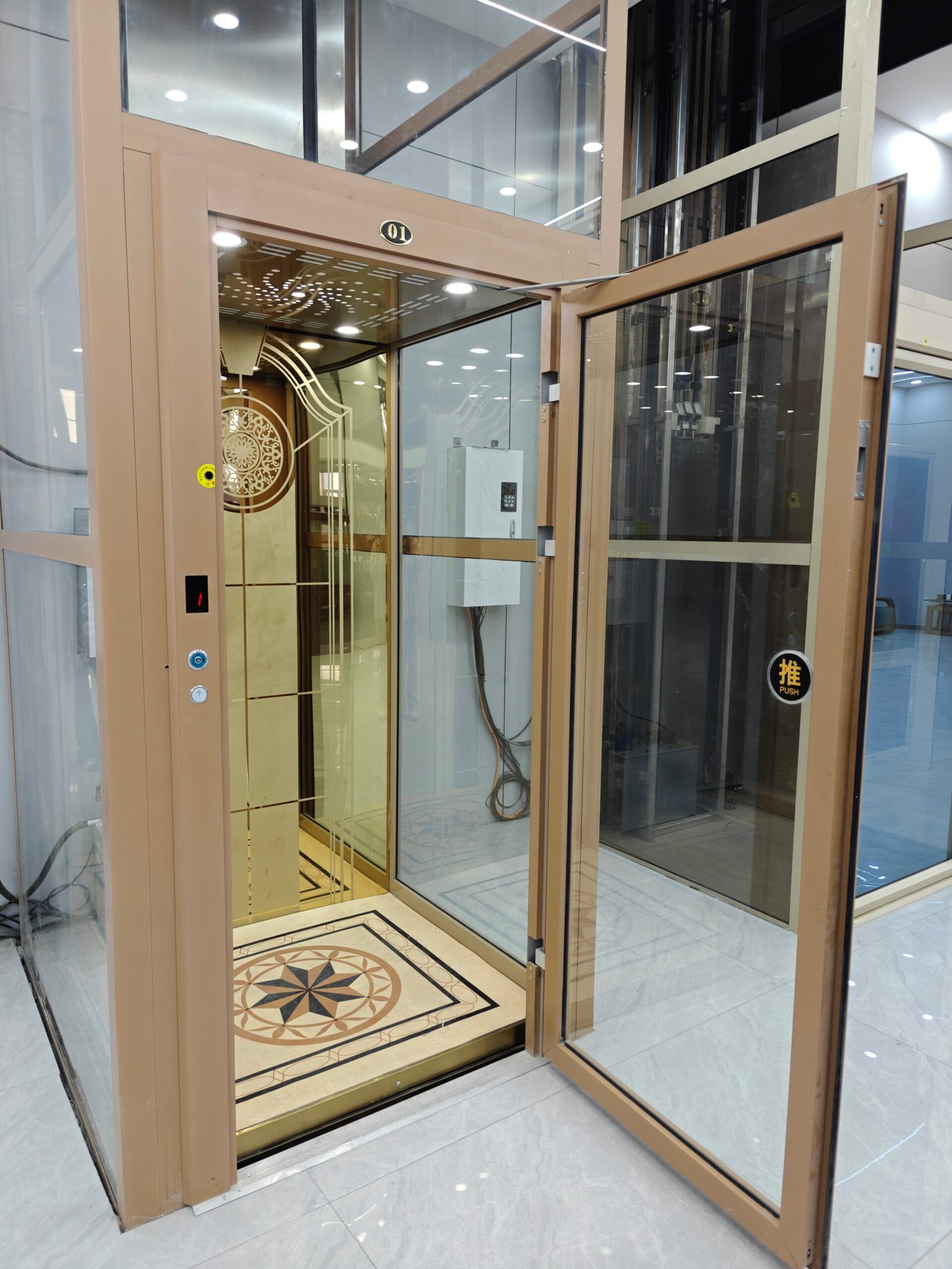Hydraulic elevators, as a classic vertical transportation solution, maintain irreplaceable status in global architecture. Despite rapid iterations in permanent magnet synchronous and machine-room-less technologies, their unique advantages continue to deliver value in specific scenarios, particularly demonstrating technical resilience in heavy-load, short-travel, and retrofit projects.
Technological Evolution and Core Advantages
The technical foundation of hydraulic elevators dates back to the 1950s, with their mechanical principle of using hydraulic cylinders to drive cabin movement dominating early multi-story buildings. Compared to traction systems, hydraulic solutions offer three core strengths:
Space Adaptability: Eliminating the need for top-floor machine rooms or deep pits, shaft utilization increases by 30%, ideal for building retrofits;
High Load Capacity: Maximum capacity reaches 5000kg, far exceeding standard traction elevators (typically ≤1600kg), dominating industrial and freight scenarios;
Low Maintenance Costs: Simplified mechanical structures reduce maintenance frequency to quarterly, with lifecycle costs 15%-20% lower than traction systems.
For instance, Bosch Rexroth’s HyDrive series employs closed-loop hydraulics and variable frequency control, cutting energy consumption by 40% while limiting noise to 50dB, successfully penetrating high-end commercial retrofit markets.

Global Market Dynamics and Emerging Opportunities
Current hydraulic elevator markets exhibit regional differentiation:
Mature Western Markets: Focus on existing building retrofits, with 65% of U.S. hydraulic projects in 2024 targeting historic preservation and industrial upgrades;
Asia-Pacific Emerging Markets: Infrastructure expansion in India and Southeast Asia sustains 15% annual growth in low-rise factories and warehouses, with 2025 market size projected to exceed $800 million;
Green Transition: Biodegradable hydraulic fluids and energy recovery systems (e.g., kinetic-to-electric converters) reduce carbon emissions by 30%, aligning with EU Green Deal requirements.
Notably, China’s “14th Five-Year Plan” for urban renewal drove a 22% YoY increase in hydraulic retrofit orders in 2023, with 90% targeting 3-5 story residential buildings.

Technological Challenges and Innovations
Facing competition from permanent magnet elevators, the hydraulic elevator industry achieves breakthroughs through three innovations:
Smart Retrofits: IoT sensors monitor oil pressure and leakage risks with 98% fault prediction accuracy;
Miniaturization: Toshiba’s MicroHyd series shrinks shaft dimensions to 1.2m×1.5m, suitable for villas and medical facilities;
Hybrid Systems: Schindler’s Hybrid Lift combines hydraulics with supercapacitors, enabling 20+ autonomous operations during power outages.
Future Trends and Strategic Recommendations
Over the next decade, hydraulic elevators will focus on two directions:
Sustainable Tech Advancement: Developing fully biodegradable plant-based hydraulic systems targeting zero emissions by 2030;
Scenario-Specific Customization: Expanding into industrial vertical logistics with explosion-proof and corrosion-resistant models for mining and ports.
As technological innovation aligns with market demands, hydraulic elevators will continue to prove their indispensability as a cornerstone of vertical mobility.







